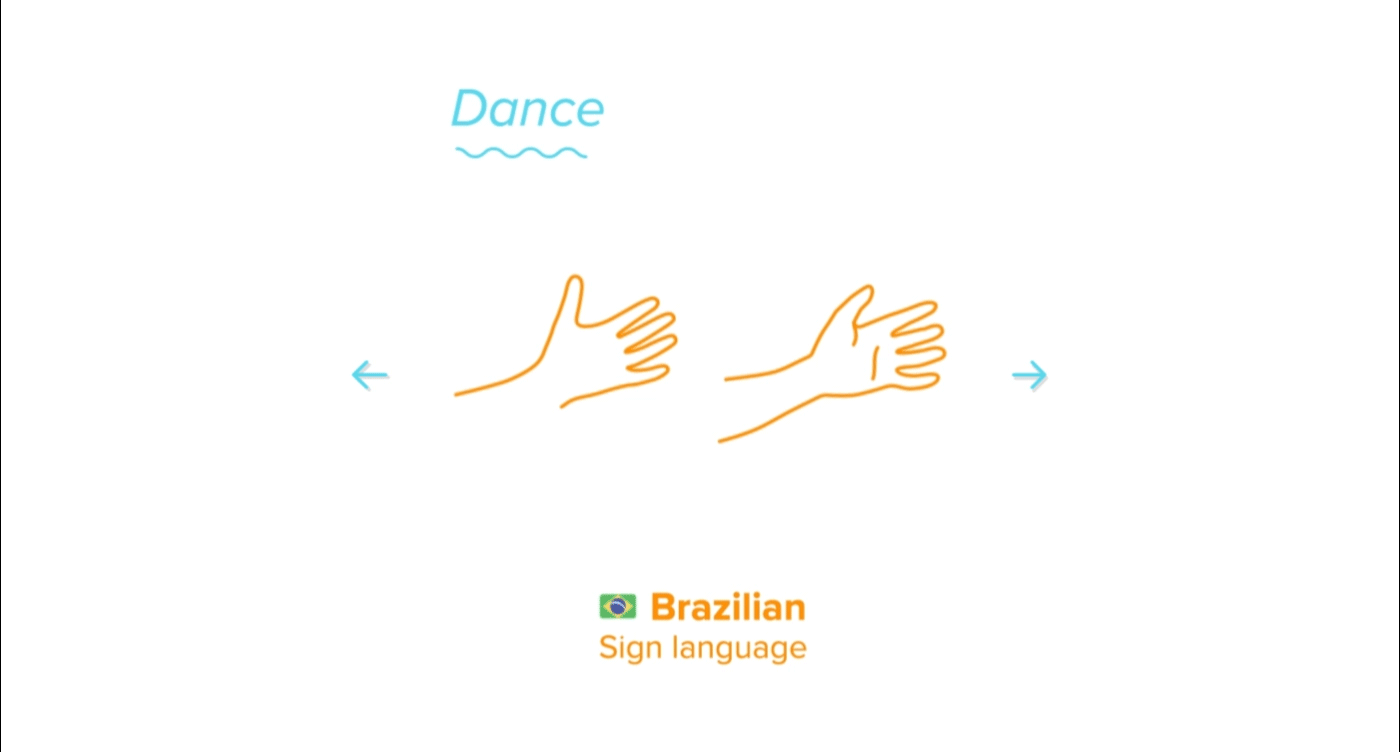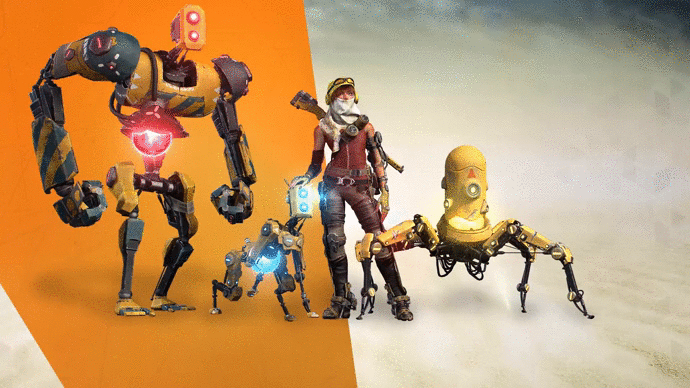When we look at the world around us, from race to gender the identities are changing. As we envision the future, it can't work without inclusive design, and it makes us realize good design is not about visual aesthetics and trends. It's about taking a people-centered approach, creating functional, purposeful digital products that look beautiful and also solve problems while adding value by social inclusion and accessibility experience.
Digital empathy has always sparked innovation, audiobooks were invented for blind people so was the typewriter and the telephone and email were created keeping deaf people in mind. Pushing for more awareness and empowerment, designers and innovators have got accessibility to the fore, making the world equal for all.
Today, we see a rise in inclusive design among designers, brands, and businesses that have been working with the do-good design mindset. A mindset with which you not only improve the digital world for marginalized cultures but also focuses on how inclusive designs can impact the mass market.
In this blog post, we will be highlighting inclusive designs and developments with humanitarian solutions and non-compromising aesthetics.
- Swedish developer Victor Widell released a web code that simulates a scrambled reading experience. Inspired by a dyslexic friend's description of letters "jumping around", the website enables us to feel the extra barrier one might have to face daily.
- A dyslexic student himself, UK designer Daniel Britton created a font called Dyslexia by subtracting half of Helvetica.

- Israeli design graduate, Yael Weiser's project SIGN offers an easier learning experience by gamification for the 70 million sign-language users who experience inadequate equivalents in digital content.

- Non-profit organization ASLized aims to increase web accessibility by releasing a sign-language keyboard app, Signily. Its GIF-based emoji enables lively digital communication among deaf people.
- LookTel launched the Money Reader app, which can identify more than 20 currencies and count bills, enabling a seamless payment experience for the blind.
- 1.8 billion images are uploaded to social media every day. To reduce the level of isolation, Twitter lets users add a text description to an image so that the visually impaired can have a better understanding of the content.
- To make browsing easy apps such as Briago, KNFB Reader, and TapTapSee can analyze and identify images quickly, and then deliver an audible description to the user.
- Matt King, a visually impaired Facebook engineer developed a new Automatic Alternative Text system that deciphers an image with an audible description.
- Action-adventure video game ReCore includes a color-blind mode, as the gameplay is strongly focused on color matching.

- Institute of Digital Fashion, developed imaginative solutions for a broken system to build digital narratives and create inclusive, more accessible experiences for everyone.
Due to large untapped demand, designers, innovators, and businesses are diving deep into accessible features and technology to give alternative experiences to all with the belief that everyone should have an equal and fair digital opportunity.
In Conclusion
Designing for everyone is creating for human diversity, inclusion, and equality. Everything that we design should be accessible and convenient for everyone to use.
Creative visual representation helps and encourages empathy for dyslexia. The gamification of sign language and inclusive designs are a part of a change for people who are deaf or hard of hearing. With tech creating new possibilities for everyone, more and more brands and businesses are investing in innovative designs for a more inclusive internet experience.
Inclusive design shouldn't be a movement we have to make way for, it's always been a part of creating, innovating, and designing. Brands and businesses can use this as a powerful strategy and take a humanitarian approach to design which has the potential to go beyond niche to the mass market.
Driven by new ideas, and the need for inclusive design is the responsibility of each designer and developer to create digital experiences for good, by the good. We call it the democratic approach to design. Designers and developers should lead that change and challenge themselves through functional and thoughtful digital experiences. From our research, understanding we see that the democratization of the digital world has already begun. It's up to us to take the lead and be the change an inclusive world needs.

